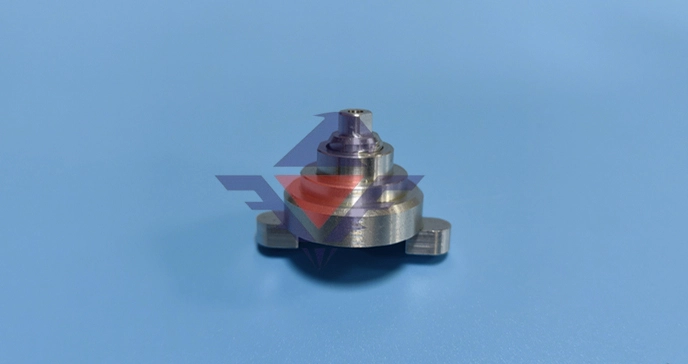
# Swiss Screw Machining: Precision and Efficiency in Small Part Manufacturing
## Introduction to Swiss Screw Machining
Swiss screw machining, also known as Swiss turning or Swiss-style lathe machining, is a specialized manufacturing process that excels in producing small, high-precision components. Originating in Switzerland’s watchmaking industry during the 19th century, this technology has evolved to become a cornerstone of modern precision manufacturing.
## How Swiss Screw Machining Works
Unlike conventional lathes, Swiss screw machines feature a sliding headstock and guide bushing system that provides exceptional stability during machining operations. The workpiece is supported very close to the cutting tool, minimizing deflection and enabling:
– Superior precision for small diameter parts
– Excellent surface finishes
– Tight tolerances (often within ±0.0002 inches)
– Efficient production of complex geometries
## Key Advantages of Swiss Machining
### 1. Unmatched Precision for Small Parts
Swiss screw machining shines when producing components with diameters typically ranging from 0.5mm to 32mm. The guide bushing system ensures minimal vibration, allowing for exceptional accuracy even with long, slender workpieces.
### 2. High Production Efficiency
Modern CNC Swiss machines can perform multiple operations simultaneously:
– Turning
– Milling
– Drilling
– Threading
– Grooving
Keyword: Swiss Screw Machining
This multi-tasking capability significantly reduces cycle times compared to traditional machining methods.
### 3. Material Versatility
Swiss machines work effectively with various materials including:
– Stainless steel
– Titanium
– Brass
– Aluminum
– Plastics
– Exotic alloys
## Applications Across Industries
Swiss screw machining serves critical needs in multiple sectors:
### Medical Industry
– Surgical instruments
– Implant components
– Dental parts
– Micro medical devices
### Aerospace
– Fuel system components
– Sensor housings
– Fasteners
– Actuator parts
### Electronics
– Connector pins
– Shafts
– Bushings
– Miniature components
## Choosing the Right Swiss Machining Partner
When selecting a Swiss machining provider, consider:
– Machine capabilities and technology
– Quality control processes
– Material expertise
– Industry-specific experience
– Certifications (ISO, AS9100, etc.)
– Prototyping and production capacity
## The Future of Swiss Screw Machining
Advancements in Swiss machining technology continue to push boundaries:
– Integration of automation and robotics
– Improved CNC controls for greater precision
– Enhanced tooling materials and coatings
– Smart manufacturing capabilities with IoT integration
These developments ensure Swiss screw machining remains at the forefront of precision manufacturing for years to come.
## Conclusion
Swiss screw machining offers an unparalleled combination of precision, efficiency, and versatility for small part manufacturing. From its watchmaking origins to its current role in high-tech industries, this technology continues to evolve, meeting the ever-increasing demands for miniature, complex components with exceptional accuracy.